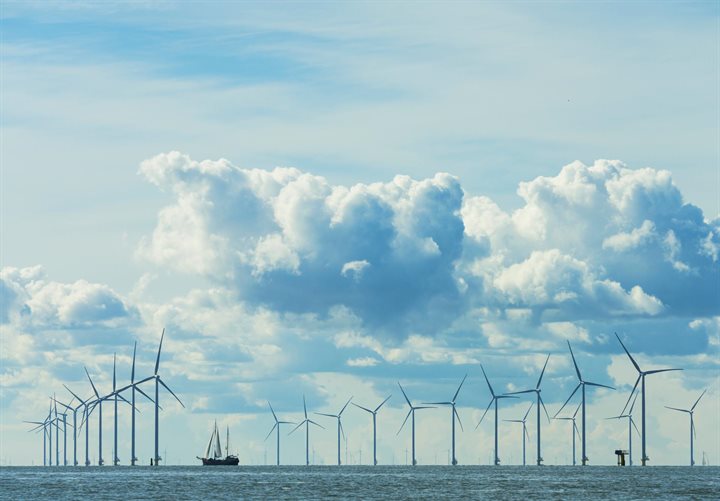HydroMeteo
Wind farms may have an impact on the weather (meteo) and the water (hydro) in the immediate vicinity. For instance, they may be associated with more rapid formation of mist and fog, unexpected turbulence, and differing water flows and wave patterns, all of which may constitute a hazard to shipping. Rijkswaterstaat is studying the influence of wind farms on local weather and water conditions on the North Sea. In addition, we are looking at measures which are available to reduce threats to shipping.

The main issue is made up of many sub-issues:
- What impact do wind farms have on weather and water conditions in the immediate vicinity?
- What effects on the water and weather caused by wind farms have an influence on shipping safety?
- Could extra warnings and real-time hydro/meteo information help to ensure safety?
The research helps us to take steps towards shipping safety in the vicinity of wind farms. What research was carried out, and what follow-up investigations may be carried out in future?
Deltares research outlines a general picture
Broadly speaking, we are aware that wind farms influence the weather and wave patterns. The Royal Netherlands Meteorological Institute (KNMI) and Rijkswaterstaat operate sensors in wind farms that measure such changes in the weather and water. On behalf of Rijkswaterstaat, Deltares has also carried out research into the effects of wind farms on wind, visibility and fog. The 'Assessment of system effects of large-scale implementation of offshore wind in the southern North Sea' report was published in 2018. This report states that wind farms have a wide-ranging impact on the North Sea, from changes in wind and wave patterns to marine life.
Effects of wind farms on wind and visibility
A large-scale simulation study will be carried out in 2024, something you can read more about on the Collisions topic page. The study aims to clarify the situation in relation to the wind farms' wind and visibility effects on shipping safety. For instance, how does shipping respond to fog or gusts of wind? Knowledge of the effects helps Rijkswaterstaat, the KNMI and the Coast Guard to determine whether extra alerts need to be issued to shipping, and whether other mitigating measures are required.
Other questions
A number of subjects demand supplementary research. This may include in-depth research to improve weather and water modelling by utilising knowledge of the effects of wind parks on the weather and water. Better modelling and knowledge of the hydro/meteo effects of wind farms can improve the wind and water forecasts, and that is beneficial to shipping safety. Quantitative research is also necessary into effects that could form a hazard to shipping, such as research into how often ice forms on the blades of wind turbines on the North Sea. If a large piece of ice begins to melt, it could easily come free from the wind turbine blade. If the wind turbine is rotating at speed when the ice breaks free, this would constitute a hazardous situation to shipping.